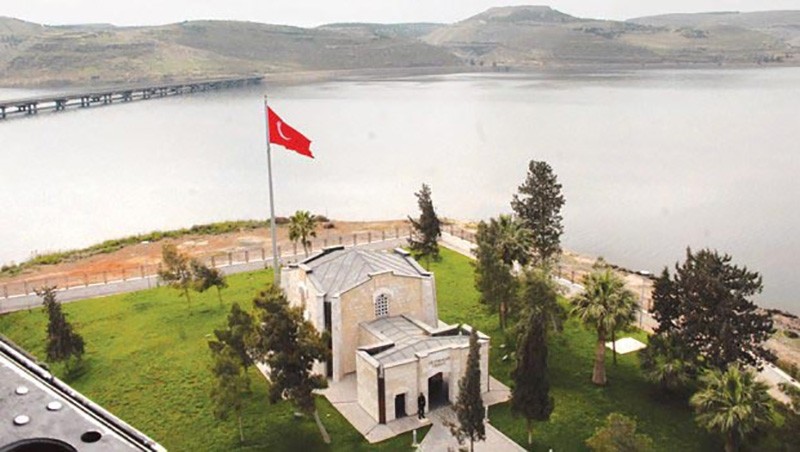The Tomb of Suleyman Shah, located in northern Syria near the town of Eshme, holds a profound significance in Turkish history and identity. Situated along the banks of the Euphrates River, this sacred site is revered as the final resting place of Suleyman Shah, the grandfather of Osman I, the founder of the Ottoman Empire. The story of Suleyman Shah dates back to the early 13th century when he led his tribe, the Kayi, on a journey from Central Asia to Anatolia in search of new lands. Legend has it that Suleyman Shah drowned in the Euphrates River while crossing the frontier, and his burial site became a symbol of Turkish sovereignty and territorial integrity. Over the centuries, the Tomb of Suleyman Shah has remained a focal point of Turkish national identity, revered as a sacred symbol of the nation’s origins and heritage. Despite its remote location in northern Syria, the Turkish government has maintained a symbolic presence at the site, ensuring its protection and preservation. In 2015, the Turkish military undertook a daring operation to relocate the tomb to a safer location amid the turmoil of the Syrian Civil War. Turkish soldiers crossed into Syrian territory, escorted by tanks and special forces, to retrieve the tomb and transport it to a new site within Turkish territory, near the border with Syria.
Tomb of Suleyman Shah
